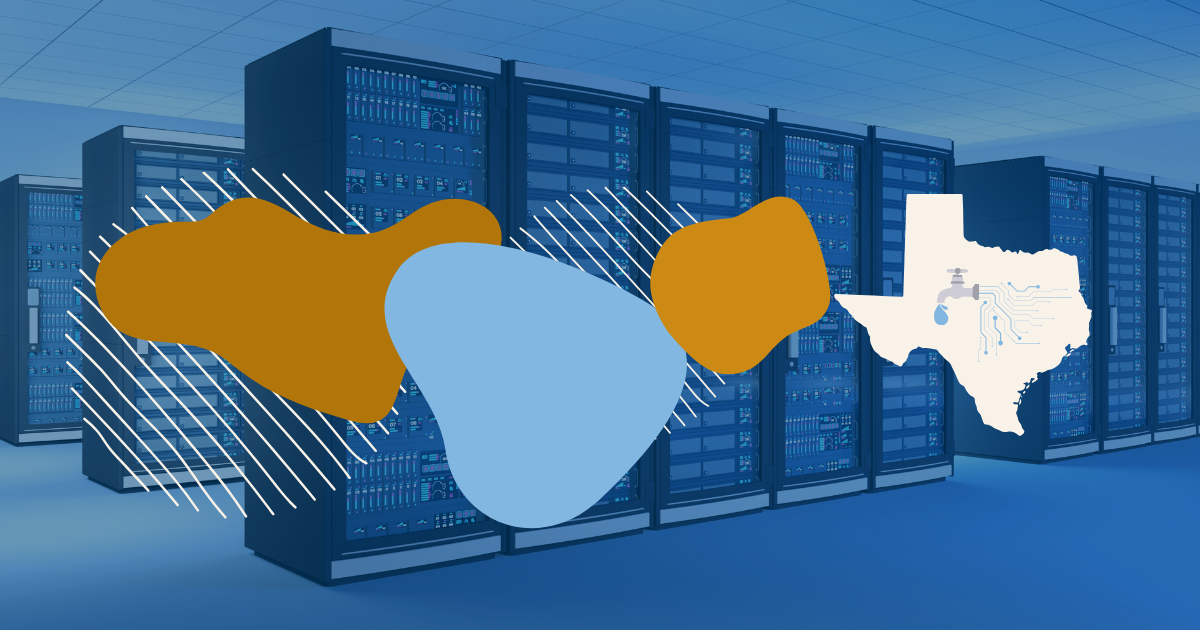AI: A Dream or a Danger?
by Anu Pillai, 2025 Youth Programs Intern
AI in Our Everyday Lives
AI has rapidly become a dominant force in our world over the past few years. Not just in the digital realm, but in nearly every aspect of our daily lives, AI has found a purpose.
Need to create a grocery list? AI can do it for you.
Looking for the perfect dinner spot for date night? AI can find it.
Need to respond to a coworker’s email? AI is right there for you.
AI presents itself as the perfect companion—a tool readily available for any search or task. In an age where life moves quickly and time is scarce, it seems ideal. But there’s an often-overlooked danger to the widespread use of AI: its environmental impact.
How AI Works Behind the Scenes
To understand this impact, we need to first grasp how AI works. When we add a prompt on ChatGPT, it goes through thousands of calculations, scours thousands of sources, to finally give us the answer. Because the technology contained within our devices are not strong enough to process these requests internally, these calculations are run in data centers.
Essentially, data centers—large warehouse-like facilities—are built around the world to house the computing infrastructure that powers AI. These centers contain servers, data storage units, and network equipment. While such data centers have existed for decades (e.g., to support online shopping and delivery services), the demands of AI have made them significantly more taxing on the environment.
The Energy Demands of AI
Training AI models requires massive computational power, which in turn consumes enormous amounts of electricity. According to researchers at Penn State University, by 2030–2035, “data centers could account for 20% of global electricity use.” This increase places pressure on existing power grids, boosts carbon emissions, and deepens our reliance on fossil fuel-based energy.

The Water Costs of Data Centers
Beyond electricity, AI data centers also consume large quantities of water. Similar to how our laptop heats up when we have multiple taps open or when our phone is left on for too long, these data centers heat up too. The equipment inside these facilities heats up considerably due to the intense power usage, requiring chilled water to keep temperatures stable—often sourced from freshwater supplies, an already scarce commodity.
Chilled water is used to move the heat generated by the data centers into cooling towers, which in turn, cools the center. Projections from the Texas Water Development Board estimate that by 2030, data centers in the state could consume “nearly 400 billion gallons of water.”
This water is coming from the surrounding sources in the area. What is even more concerning is that these facilities are often built in water-stressed regions, frequently located in communities predominantly made up of Indigenous, Black, and Brown populations (Bloomberg, 2025). Many citizens of towns where these centers are located have been asked to take shorter showers to conserve water and have even found sediments in their water supply.
Balancing AI's Benefits With its Costs
So, while AI undeniably enhances convenience in our everyday lives, it’s important to remain conscious of the environmental footprint it leaves behind.

Anu Pillai is a 2025 graduate of The University of Texas at Austin with a deep passion for environmental advocacy. Originally from Georgia, she discovered this passion in high school, where she founded her school’s first sustainability organization. She plans to pursue a career in law, channeling her dedication to sustainability into the legal field.




